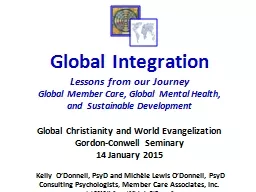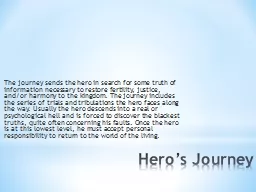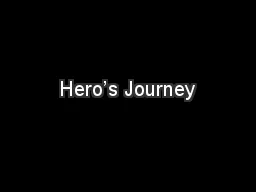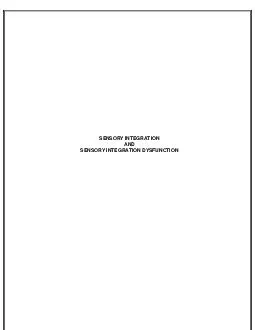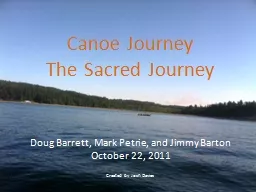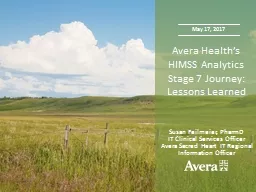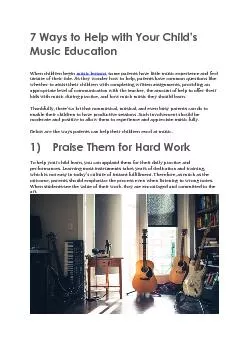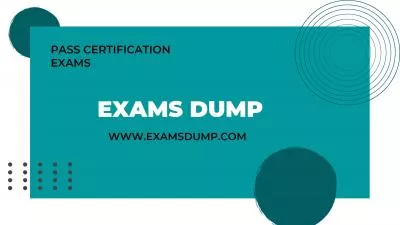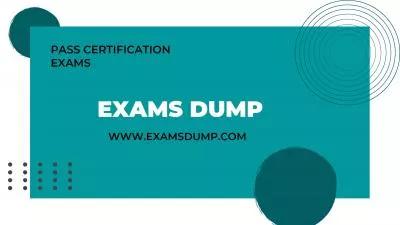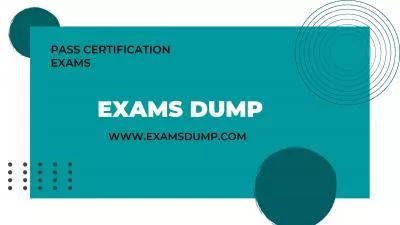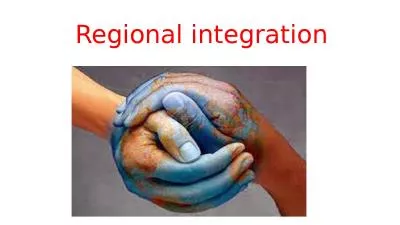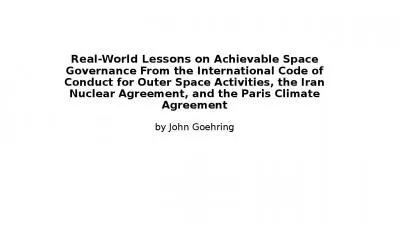PPT-Global Integration Lessons from our Journey
Author : pamella-moone | Published Date : 2018-12-06
Global Member Care Global Mental Health and Sustainable Development Global Christianity and World Evangelization GordonConwell Seminary 14 January 2015 Kelly ODonnell
Presentation Embed Code
Download Presentation
Download Presentation The PPT/PDF document "Global Integration Lessons from our Jour..." is the property of its rightful owner. Permission is granted to download and print the materials on this website for personal, non-commercial use only, and to display it on your personal computer provided you do not modify the materials and that you retain all copyright notices contained in the materials. By downloading content from our website, you accept the terms of this agreement.
Global Integration Lessons from our Journey: Transcript
Download Rules Of Document
"Global Integration Lessons from our Journey"The content belongs to its owner. You may download and print it for personal use, without modification, and keep all copyright notices. By downloading, you agree to these terms.
Related Documents

